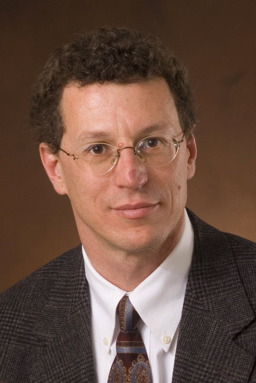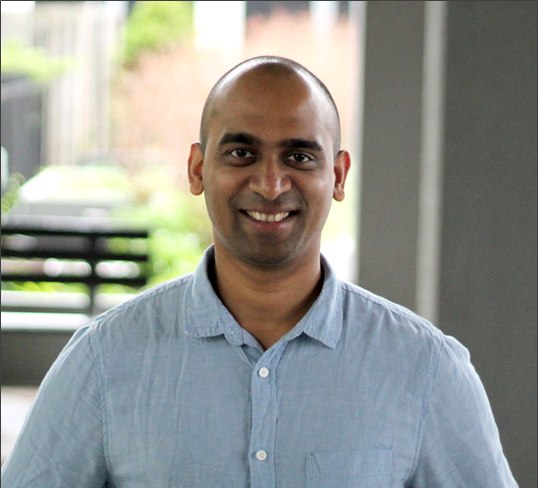
Charles A. Bouman | Showalter Professor, Purdue University, USA
Abstract
Some people suggest that imaging is a mature field, but nothing could be further from the truth. In fact, we are entering into the next phase of innovation in which a convergence of technologies is enabling the creation of an endless variety of imaging systems based on the tight integration of algorithms, computation, and sensor design. This new field, which we call integrated imaging, is evolving out of classical imaging modalities into a wide array of new applications. Integrated imaging systems will drive both scientific exploration and consumer products by blending novel and often counter-intuitive sensor design with algorithms that exploit the availability of enormous quantities of data and computation. This talk presents some examples of state-of-the-art integrated imaging systems based on computed tomography (CT), transmission electron microscopy (STEM), synchrotron beam imaging, optical sensing, and scanning electron microscopy (SEM). For each of these examples, we also explore their use and potential impact in applications ranging from healthcare to jet engine design. We conclude with some speculation on where integrated imaging might be going; where it might have greatest impact; and what will be the greatest challenges ahead.
Bio
Charles A. Bouman received a B.S.E.E. degree from the University of Pennsylvania in 1981 and a MS degree from the University of California at Berkeley in 1982. From 1982 to 1985, he was a full staff member at MIT Lincoln Laboratory and in 1989 he received a Ph.D. in electrical engineering from Princeton University. He joined the faculty of Purdue University in 1989 where he is currently the Showalter Professor of Electrical and Computer Engineering and Biomedical Engineering. He also is a founding co-director of Purdue’s Magnetic Resonance Imaging Facility located in Purdue's Research Park.
Professor Bouman's research focuses on the use of statistical image models, multiscale techniques, and fast algorithms in applications including tomographic reconstruction, medical imaging, and document rendering and acquisition. Professor Bouman is a Fellow of the IEEE, a Fellow of the American Institute for Medical and Biological Engineering (AIMBE), a Fellow of the society for Imaging Science and Technology (IS&T), a Fellow of the SPIE professional society. He is also a recipient of IS&T's Raymond C. Bowman Award for outstanding contributions to digital imaging education and research, has been a Purdue University Faculty Scholar, received the College of Engineering Engagement/Service Award, and Team Award, and in 2014 he received the Electronic Imaging Scientist of the Year award. He was previously the Editor-in-Chief for the IEEE Transactions on Image Processing and a Distinguished Lecturer for the IEEE Signal Processing Society, and he is currently the Vice President of Technical Activities for IEEE Signal Processing Society. He has been an associate editor for the IEEE Transactions on Image Processing and the IEEE Transactions on Pattern Analysis and Machine Intelligence. He has also been Co-Chair of the 2006 SPIE/IS&T Symposium on Electronic Imaging, Co-Chair of the SPIE/IS&T conferences on Visual Communications and Image Processing 2000 (VCIP), a Vice President of Publications and a member of the Board of Directors for the IS&T Society, and he is the founder and Co-Chair of the SPIE/IS&T conference on Computational Imaging.
PDF
Mohit Gupta | Associate Research Scientist, Columbia University, USA
Abstract
Time-of-flight (ToF) cameras are fast becoming the method of choice for depth sensing in a wide range of applications. Several low cost and compact ToF systems are available as commodity devices, including the Microsoft Kinect and the Intel SoftKinectic sensors. In addition to depth recovery, ToF cameras are also being re-purposed for recovering a variety of scene information, such as reflectance properties and intra-scene light transport. This talk will present some of the recent advances made in the field of ToF imaging, including our work on dealing with the problem of multipath interference in ToF sensors. I will conclude the talk with future outlook on the capabilities of ToF sensor hardware and some open problems.
Bio
Mohit Gupta is an associate research scientist in the CAVE lab at Columbia University. He received a B.Tech. degree in computer science from Indian Institute of Technology Delhi in 2003, an M.S. from Stony Brook University in 2005 and a Ph.D. from the Robotics Institute, Carnegie Mellon University in 2010. Mohit’s research interests are broadly in computer vision, computational imaging and illumination. His focus is on designing high capability computational cameras and scene inference algorithms synergistically. The ultimate goal is to build computer vision systems that perform reliably 'in the wild', i.e., in challenging real-world scenarios.
